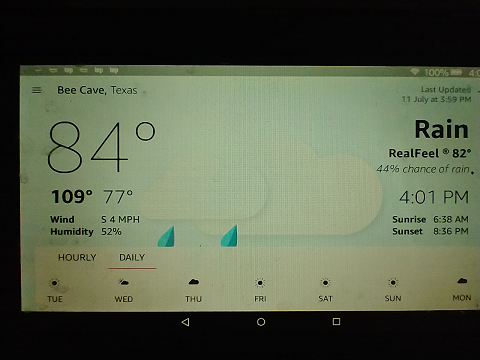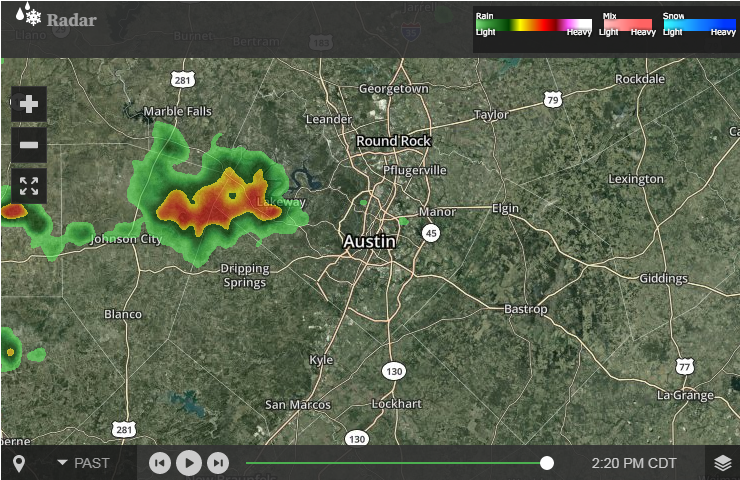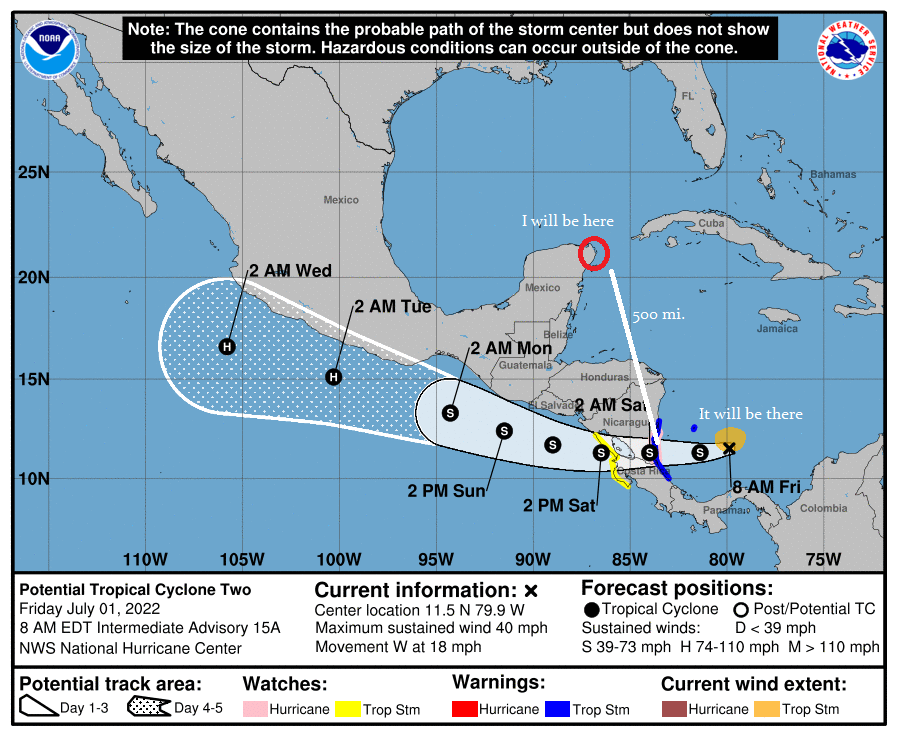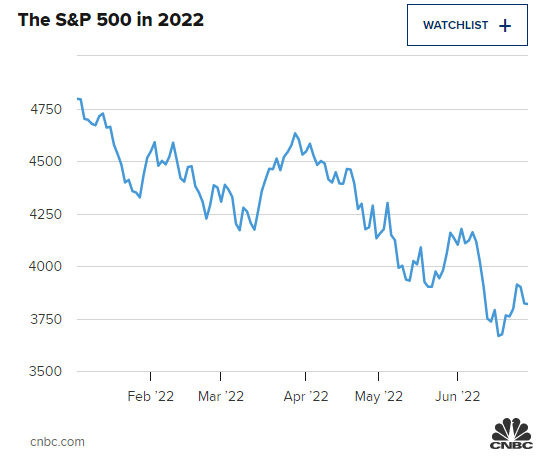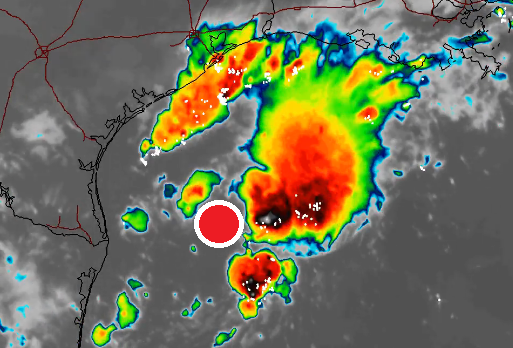I don't to much to concerts anymore (being an olds and having seen most of the people I've wanted to see in their prime, plus no one's worth $100/ticket unless they do healings onstage between sets).
Any-hoo, wifey bought me b-day tix in March to see Don McLean. It was kind of a "gee whiz, 50 years since American Pie" kind of whim - I'm not a McLean fan per se though I've casually liked his songs. Anyway he was at the Paramount Sunday night, and I've gotta say that although he's getting up there and his voice is nowhere near it was (he's 76), he put on a pretty good, basic show. Sound wasn't too hot but the musicians were great and the guy can flat our sing/perform. I've come to realize how amazingly terrific his voice was in his prime - some big rock guy, maybe it was Dylan, called him "one of the best pure voices in rock" and I can see it. How effortlessly he cruses through all quick slides, jumps and wide ranges in his prime. All in all a pretty damn good show and the guy can flat out play and sing.
And I gotta say, I was much, much more thrilled than I expected to see this guy, who might have 6-7 good years left, the source of one of the best singles of all time, belt it out in person. Very neat.
Singing Vincent:
And, the final song before the encore (which was 2 songs), "American Pie" of course - the place exploded...
